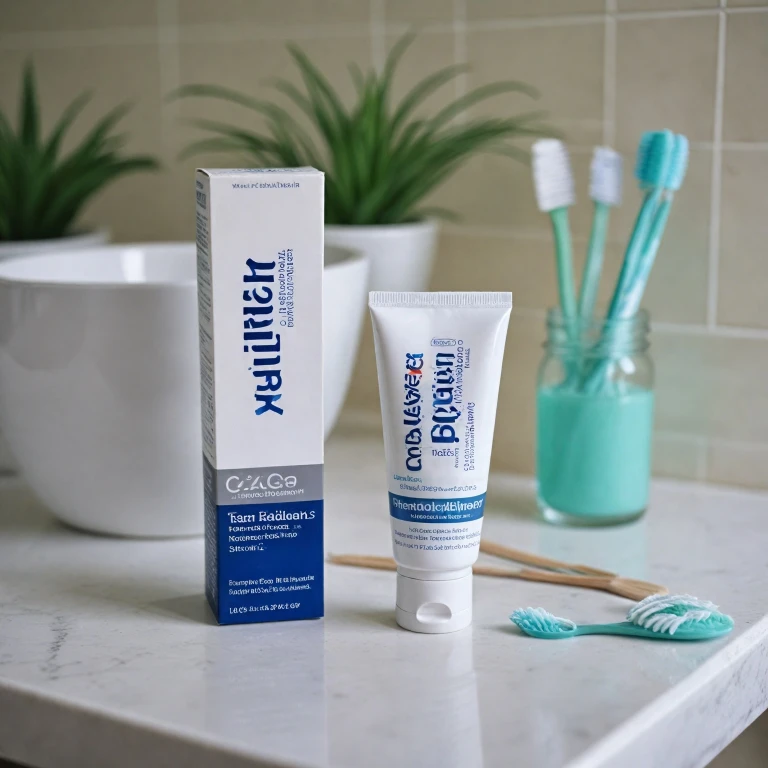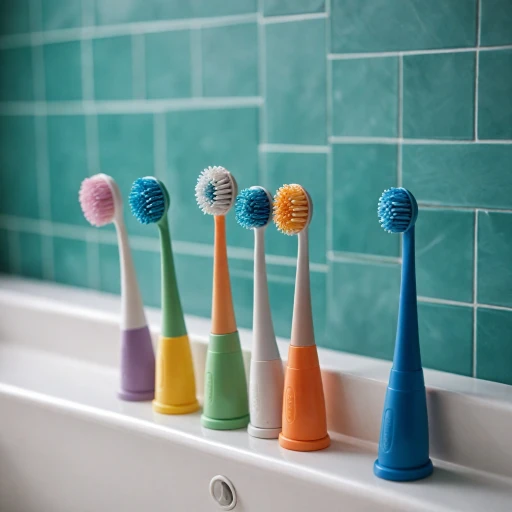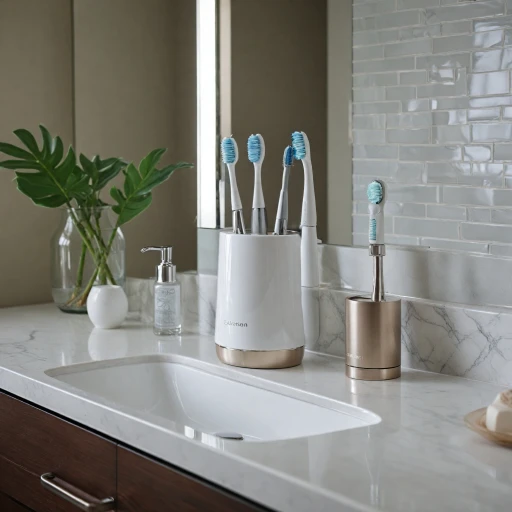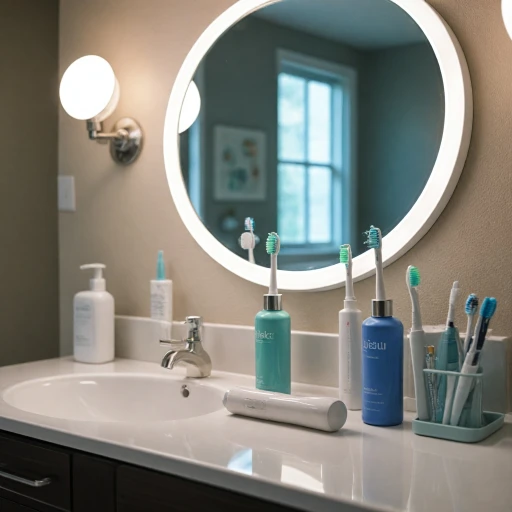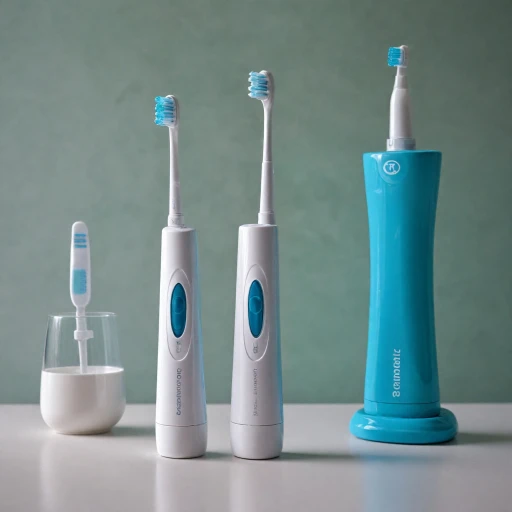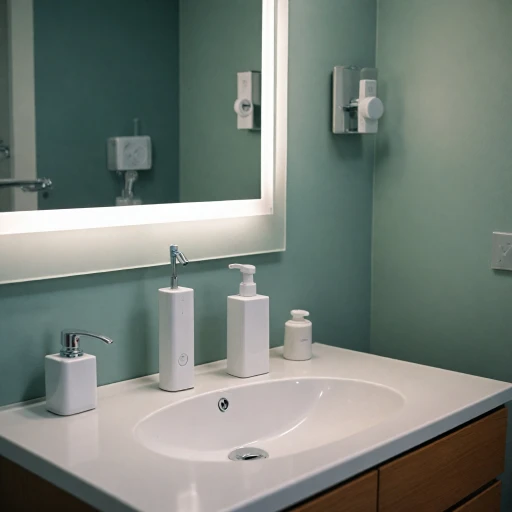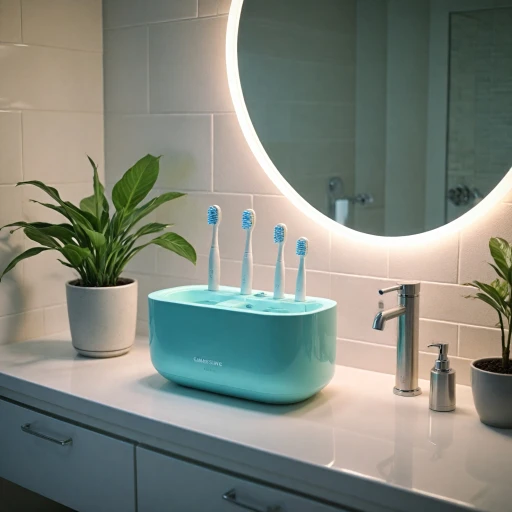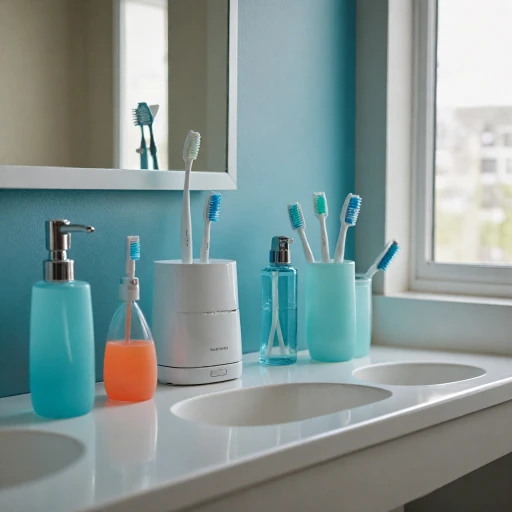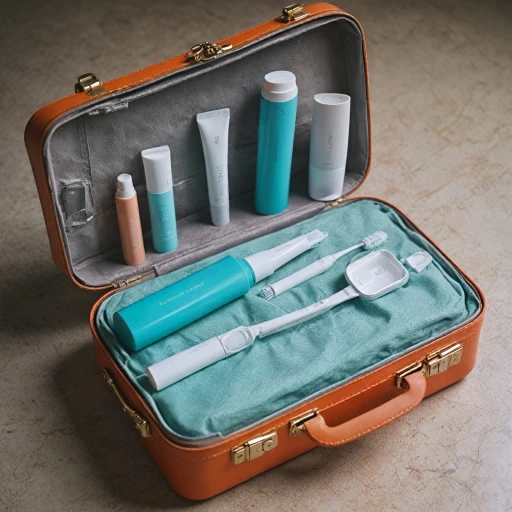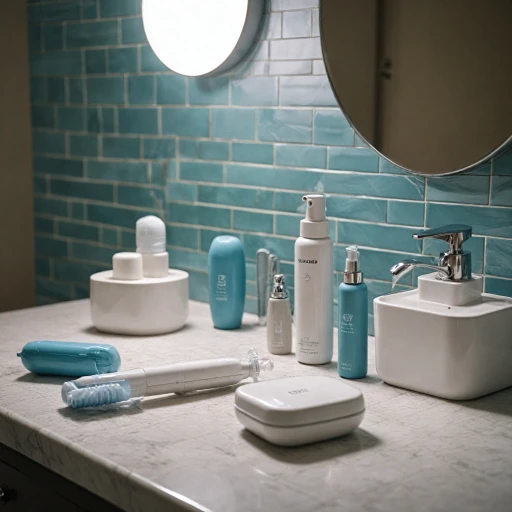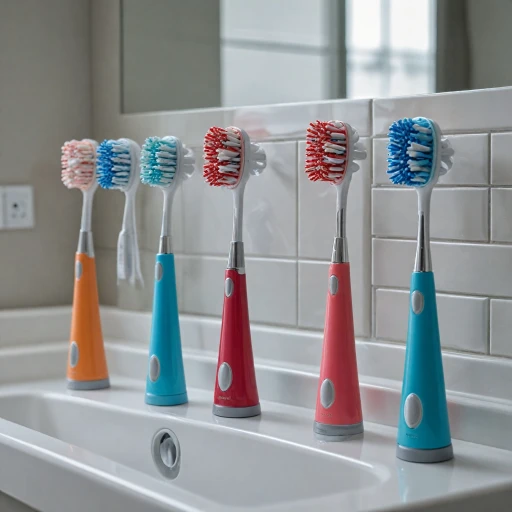
Understanding Tartar and Its Impact on Oral Health
What is Tartar and Why Does It Matter?
Tartar, often known as dental calculus, refers to the hardened form of plaque that can develop on your teeth. It's important to comprehend its impact on oral health to effectively prevent and manage it. Dental plaque, the sticky bacterial film consistently forming on teeth, if not properly removed, can harden into tartar. This results from the accumulation of minerals from saliva and becomes firmly attached to the tooth’s enamel.The Consequences of Tartar Buildup
Leaving tartar unchecked can lead to significant oral health issues. This buildup harbors bacteria which produce harmful acids, contributing to tooth decay, gum inflammation, and potentially gum disease. The process can escalate to conditions like gingivitis and periodontitis, causing not only discomfort but potentially leading to tooth loss. Moreover, tartar creates a surface conducive to further bacterial growth, compounding the problem over time. Regular removal of tartar is essential to protect your teeth and gums. Frequent visits to the dentist are vital for removing tartar effectively, as it cannot be eliminated by brushing at home once it hardens.Role of Professional Dental Cleanings
Ensuring consistent dental check-ups offers professional tartar removal and examination of oral health, highlighting the importance of integrating professional care into your oral hygiene routine. Dental professionals utilize specialized tools to safely remove tartar, restoring oral hygiene. Electric toothbrushes facilitate better plaque control when paired with the right techniques and products. They vibrate thousands of times per minute, providing superior cleaning efficiency compared to manual brushing. Select toothpaste designed to address tartar control, and consider personal sensitivity needs. There are toothpastes featuring fluoride for added protection, supporting the removal of both plaque and tartar while enhancing teeth whitening and overall oral care. For further insights, learning about fluoride benefits can enhance oral hygiene routines through professional resources like toothpaste with fluoride. Understanding the nature of tartar and its consequences on oral health is integral to developing an effective personal care strategy. This strengthens not only teeth but also protects the gums, assuring comprehensive oral health.The Role of Electric Toothbrushes in Tartar Control
The Power of Electric Toothbrushes in Combating Tartar
Electric toothbrushes have revolutionized oral care, offering a significant advantage in the fight against tartar buildup. Unlike manual toothbrushes, electric models provide consistent and efficient brushing motions that help remove plaque and prevent tartar formation. This is crucial for maintaining optimal oral health and avoiding gum disease.
Enhanced Brushing Efficiency
Electric toothbrushes are designed to perform thousands of brush strokes per minute, far exceeding the capability of manual brushing. This high-speed action effectively disrupts plaque and tartar on teeth surfaces and along the gum line. For individuals with sensitive teeth or bleeding gums, many electric toothbrushes offer modes that cater to gentle yet effective cleaning.
Advanced Features for Better Oral Hygiene
Modern electric toothbrushes come equipped with features such as pressure sensors, timers, and multiple brushing modes. These innovations ensure that users apply the right amount of pressure and brush for the recommended two minutes, enhancing overall oral hygiene. Additionally, some models offer specific modes for teeth whitening and gum care, providing comprehensive dental care solutions.
Choosing the Right Electric Toothbrush
When selecting an electric toothbrush, consider factors such as brush head compatibility, battery life, and additional features that align with your oral care needs. For those focused on tartar control, opting for a toothbrush with a dedicated plaque removal mode can be beneficial. Pairing your electric toothbrush with a tartar control toothpaste enhances the effectiveness of your oral care routine.
Consistency is Key
To maximize the benefits of an electric toothbrush, consistency in brushing habits is essential. Regular use, combined with the right toothpaste, can significantly reduce tartar buildup and improve oral health. Remember, while electric toothbrushes are powerful tools, they work best when integrated into a comprehensive oral hygiene routine that includes flossing and regular dental check-ups.
Choosing the Right Tartar Control Toothpaste
Identifying the Optimal Tartar Control Paste
Choosing the right tartar control toothpaste is essential in maintaining oral health. A good toothpaste can significantly reduce tartar buildup and prevent future dental issues. When you're selecting toothpaste, it's crucial to look for features that align with your specific oral care needs.
Key Ingredients and Their Benefits
- Fluoride: This key ingredient helps in strengthening teeth enamel and preventing decay. Most dentists recommend fluoride toothpaste for its proven effectiveness in cavity prevention.
- Pyrophosphates and Zinc Citrate: These components help in reducing plaque and tartar buildup. They’re particularly valuable for those seeking strong tartar control action.
- Triclosan: Known for its antibacterial properties, triclosan can assist in controlling plaque and reducing gum inflammation.
Specialty Toothpastes for Sensitive Needs
If you have sensitive teeth, choose a toothpaste specifically formulated for sensitivity. These variants often contain potassium nitrate or strontium chloride, which help in numbing sensitive areas.
Inclusive Care: Considerations for Whitening and Fresh Breath
Apart from tartar control, you might also aim for teeth whitening or fresh breath. Look for toothpastes that offer multiple benefits, such as those containing baking soda or activated charcoal for its whitening effect. Freshening agents like mint or eucalyptus can help combat bad breath.
Among Brands: What to Expect
When it comes to brands, options like Crest have extensive product lines that specifically target tartar control and general oral hygiene needs. Many of these brands also offer accompanying products for electric toothbrush users, focusing on comprehensive gum care and reduced plaque tartar.
Accessibility and Personal Preferences
Finally, choosing the best toothpaste can also come down to personal taste preferences. Fortunately, there are many options available, whether you're looking for something basic or a unique flavor profile. For those interested in exploring different toothpaste flavors, this guide provides insights that can aid your decision-making process.
Techniques for Optimal Brushing with an Electric Toothbrush
Mastering Electric Toothbrush Techniques for Tartar Control
Proper technique plays a crucial role in effective plaque and tartar control when using an electric toothbrush. Here, we explore key strategies to maximize your dental care routine and protect your oral health.- Hold the toothbrush at a 45-degree angle: Positioning the brush head correctly is essential for cleaning the gum line, which is where plaque and tartar are most likely to build up.
- Use light pressure: Let the toothbrush do the work for you. Applying too much pressure can irritate sensitive teeth and gums and may even lead to bleeding gums.
- Focus on each tooth: Gradually move the brush along your teeth, ensuring you spend a few seconds on each tooth to reach all surfaces effectively and remove stubborn plaque and tartar.
- Use the timer feature: Most electric toothbrushes come with a timer to ensure you brush for the dentist-recommended two minutes.
- Divide your mouth into quadrants: Focus on one section of your mouth at a time, typically upper left, upper right, lower left, and lower right, to ensure each area receives adequate attention.
Common Mistakes to Avoid in Tartar Control
Common Pitfalls in Achieving Tartar-Free Teeth
Even with the best tools at your disposal, such as electric toothbrushes and tartar control toothpastes, certain common mistakes can hinder your oral care routine. It's crucial to identify and avoid these errors to maximize your efforts in removing tartar and maintaining oral health.
Firstly, many people underestimate the power of technique. Simply relying on an electric toothbrush does not guarantee the removal of plaque and tartar. It's essential to use the correct brushing technique, ensuring that every quadrant of your teeth receives adequate attention. A good approach is to gently guide your toothbrush across the teeth and gum line, letting the bristles do the work. Avoid the temptation to scrub forcefully, which can lead to bleeding gums and exacerbate gum disease.
Another common misstep is neglecting to replace your brush head regularly. Electric toothbrushes are effective, but their efficacy diminishes with worn-out bristles. Aim to replace the toothbrush head every three months or sooner if the bristles appear frayed.
- Ignore the care and cleaning of your toothbrush. Ensure it's dry and stored properly to prevent bacterial growth.
- Don't use the incorrect tartar control toothpaste. Opt for a fluoride toothpaste that aligns with your specific oral needs, whether it be sensitive teeth or whitening.
- Overlook the importance of flossing and mouthwash. While electric toothbrushes are powerful, they cannot reach the crevices between the teeth, where plaque tartar tends to build up.
It's imperative to adhere to these oral hygiene practices alongside your electric toothbrush routine. Regular visits to the dentist for professional cleanings also play a vital role in tartar protection and dental health overall.
